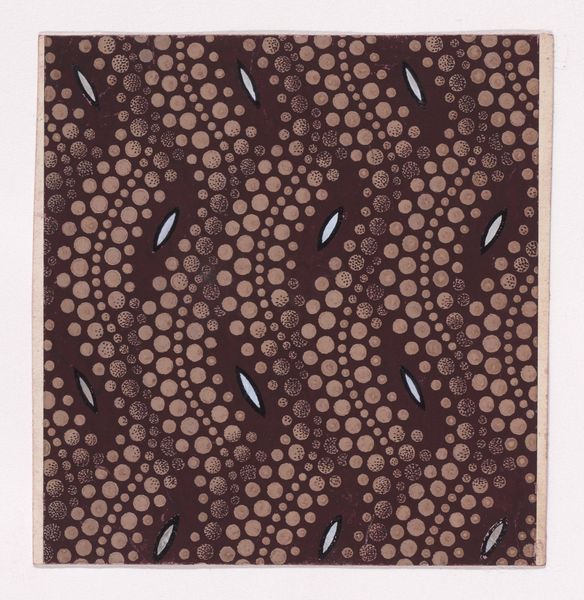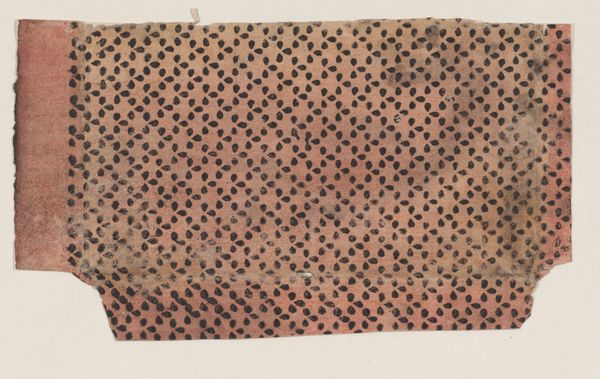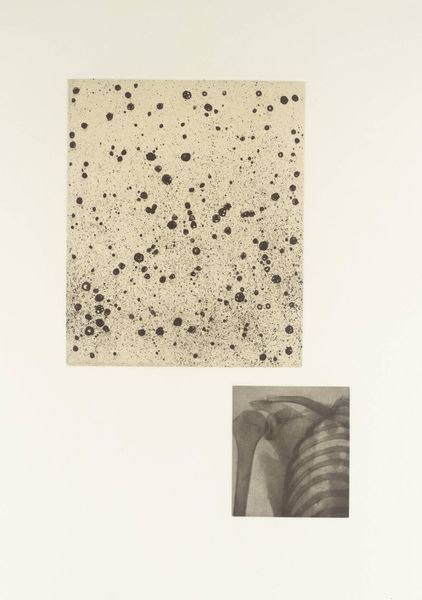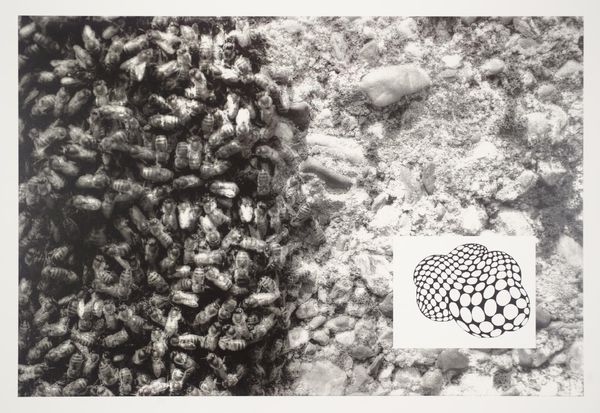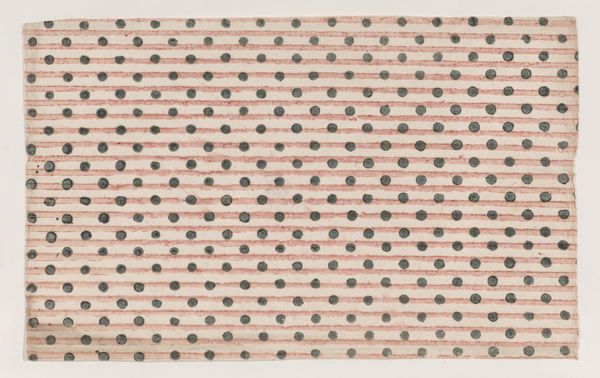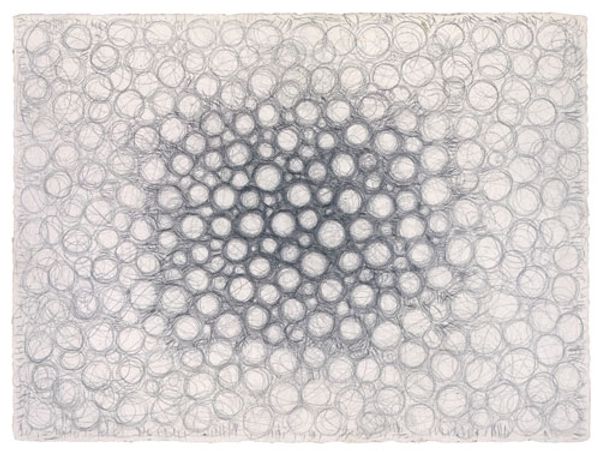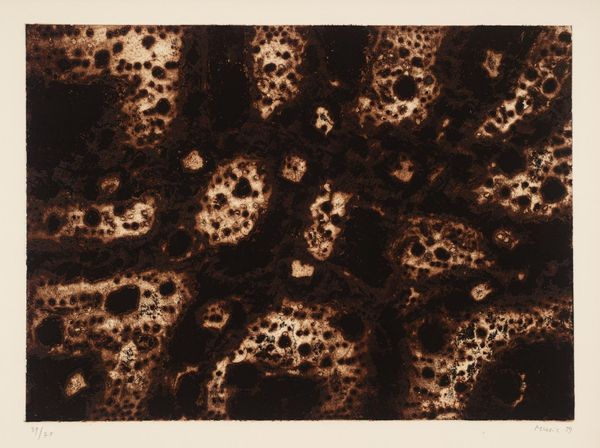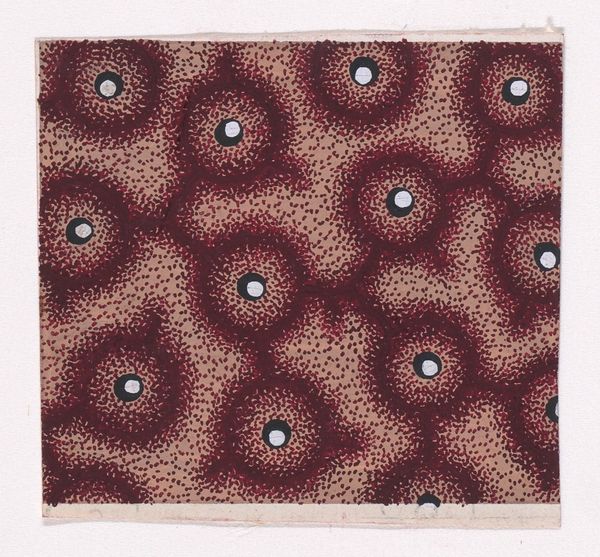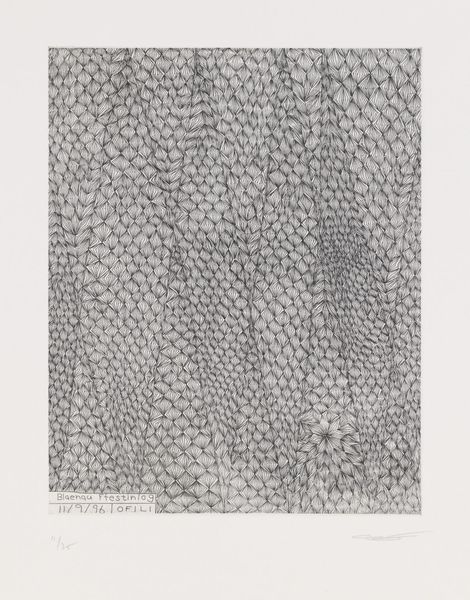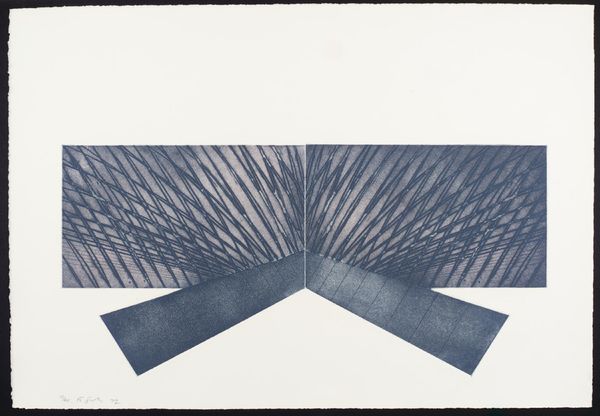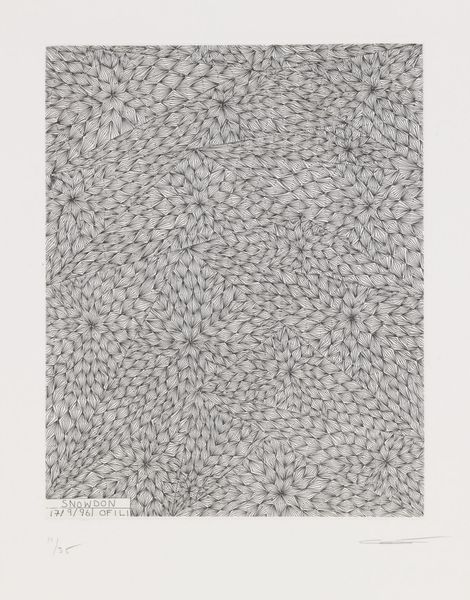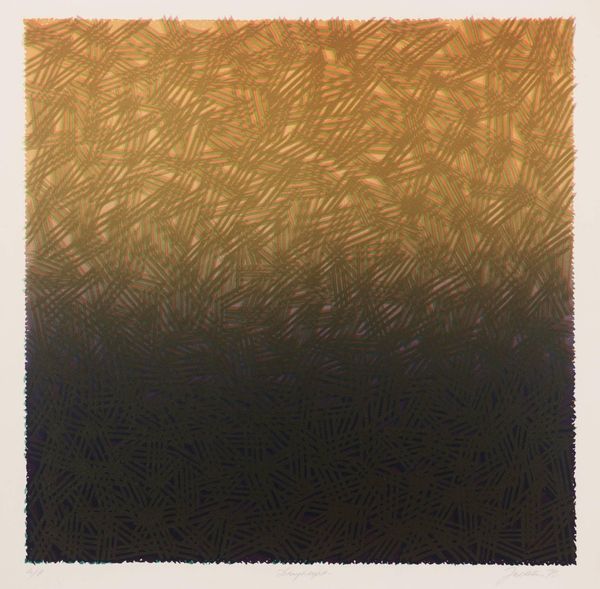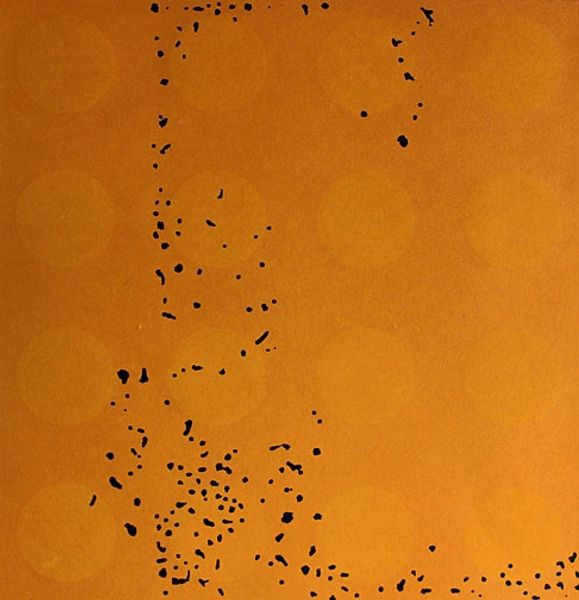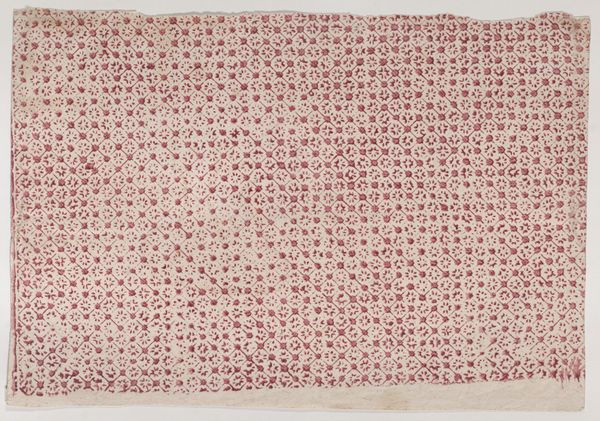
Dimensions: object: 1221 x 1158 x 13 mm frame: 1540 x 1536 x 68 mm
Copyright: © Tate | CC-BY-NC-ND 4.0 DEED, Photo: Tate
Curator: Victor Pasmore’s Black Abstract at the Tate is a large piece, over a meter square. What strikes you first about it? Editor: It feels like a swarm, like a dark cloud of... something organic, maybe bees, struggling to lift off of a golden field. Curator: That's interesting, considering Pasmore’s evolution from representational landscapes to total abstraction. He embraced new materials, moving beyond traditional painting. Editor: It does have a sculptural quality, doesn't it? Those raised dots, like a topographical map of some alien planet. How did the public receive this shift in his work? Curator: Initially, there was resistance. Abstraction was still finding its place, but Pasmore became a leading figure, pushing the boundaries of British art. It’s hard to imagine now, but abstract art was once radical. Editor: Radically open, perhaps. I look at it now, and I see not just an object, but a record of someone's mind working through form and space. Curator: Exactly, and that's its enduring power. Editor: Yes, a brave experiment that still asks us questions about how we see.
Comments
Join the conversation
Join millions of artists and users on Artera today and experience the ultimate creative platform.
tate 3 months ago
⋮
Pasmore originally called this relief Black Abstract – Growing Form, reflecting how its composition, like much of Pasmore’s work, was based on ideas of organic development. The dominant motif is the progressive build-up of black blotches painted directly onto untreated chipboard – the blotches expanding as they extend down from the top edge of the board. Although the idea of progressivedevelopment from a single motif can be traced to the influence of Paul Klee (1879–1940), Pasmore had also been engaged by D’Arcy Wentworth Thompson’s On Growth and Form - when republished in 1942, it influenced Pasmore and many of his contemporaries. Gallery label, September 2016
